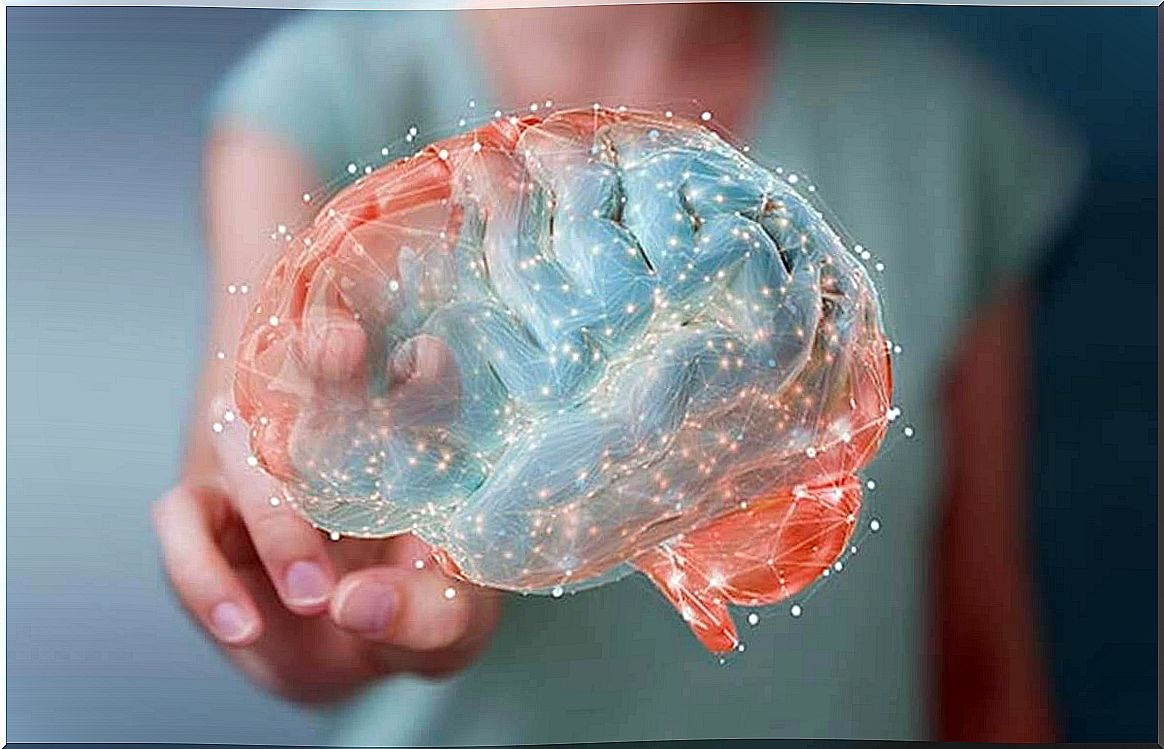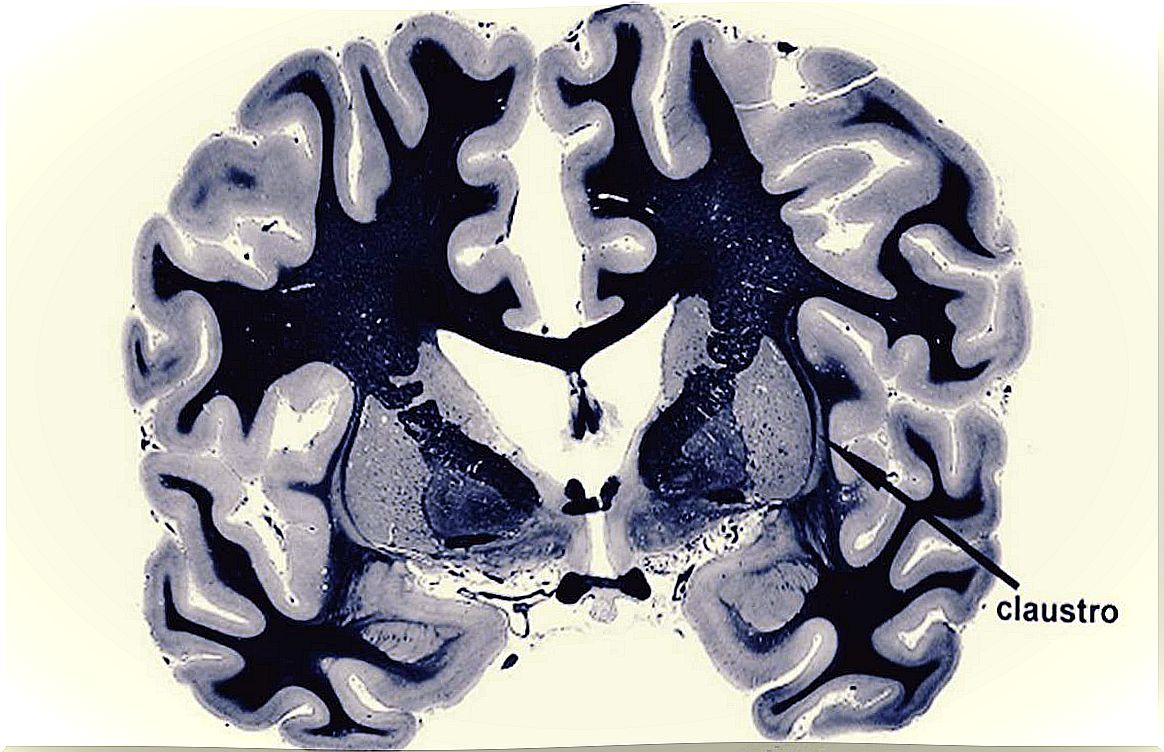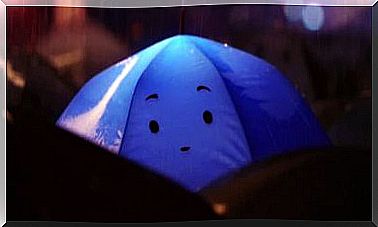The Cerebral Cloister: The Door Of Consciousness?

When we look at the night sky, we are attracted by all that unexplored universe of distant stars, constellations and planets. They are unexplored worlds, territories never stepped on and not yet understood. The cerebral cloister produces the same sensation in scientists. This area of the brain was, until not long ago, one of the greatest mysteries in neuroscience.
To speak of the cloister is to refer to a region surrounded by mystery. This small, thin area housed below the neocortex was, until not long ago, a challenge and also a pending account. Because researchers are persistent, because neuroscience lovers do not want and cannot leave anything to chance.
The fact that an unexplored corner of the brain existed has raised high expectations and abundant theories for decades. Now, it should be noted that this unique structure is very difficult to access, so much so that it has been necessary for technology to advance enough to allow us to reach that intricate point of the brain.
It is only a few months ago that it was finally possible to probe cloister function at the molecular, physiological and behavioral levels. These are the data that have been obtained so far.

Cerebral cloister: location and characteristics
The cerebral cloister is just below the neocortex, a gray substance made up of neuronal axons that allows us to process information. As in multiple brain structures, the cloister is double, that is, there is one for each hemisphere and both are located just at the level of the ears. This entire region is also surrounded by white matter.
It was not until 2020 when questions about the function and significance of this very fine area of the brain began to be answered. If so far nothing has been known about the cerebral cloister, it is due to two reasons. The first for its intricate location. The second is because very few patients or laboratory animals have experienced a localized lesion in that area.
Now, things have already changed thanks to a novel engineering developed in Japan. The research has been carried out at the RIKEN Institute of Brain Sciences in Japan and they have been the ones who, finally, have unraveled the functions of the brain cloister.
They have done it thanks to a technique called optogenetics. It consists of the combination of genetic and optical methods to analyze the functions of certain cells in living tissues. It is done with absolute precision and without damaging any biological system. So, let’s see what has been discovered about the cerebral cloister.
The entrance to consciousness
The experiments have been carried out with mice. The first thing that researchers have been able to observe is that when the neurons of the cloister are stimulated, they in turn activate the inhibitory neurons of the cerebral cortex, and then the entire brain goes silent. It is what they have called a “state of depression”, an experience similar to the one we have when we sleep, but without dreams.
The cerebral cloister is therefore related to the activation or deactivation of consciousness. It is an experience in which the conscious mind shuts down and the electrical activity of the neurons begins to emit slow waves. This data is related to what Dr. Christof Koch already theorized in 2017 when he saw that how a woman with epilepsy fainted when precisely this brain area was stimulated.
States of relaxation and slow waves
The University of Osaka in Japan also carried out its own studies on the cloister in late 2020. Thus, when we sleep at night or simply when we relax enough, but without losing consciousness at all, this region is activated.
The cerebral cloister coordinates the generation of slow waves together with the neocortex. This type of waves of less than one hertz and with a relatively high amplitude what they achieve is to synchronize the brain completely. And in that state, what we experience is calm, balance and disconnection from the conscious world.
Likewise, slow waves, in addition to promoting brain homeostasis, allow us to consolidate the memories of the waking period. Therefore, this interesting structure transfers information and lays the foundation for long-term memory.

The cerebral cloister, the missing link of the mind
This is how the main specialized magazines have called the claustrum or cerebral cloister: the missing link of the human mind. It is about that piece that we needed to put together to understand a little more the wonderful functions of this perfect machinery that is the brain.
As early as 2005, the Nobel Prize in Medicine Francis Crick wrote a revealing scientific article just a few months before he passed away. In that work he anticipated what, according to him, was the cerebral cloister.
The truth is that Dr. Crick was not wrong. Now we know that in addition to regulating the states of consciousness and unconsciousness, it would also be related to the most decisive functions of the conscious world and, specifically, to the higher cognitive functions.
Tasks such as reasoning, memory and attention would also be orchestrated by this little master of ceremonies. In the absence of more specifications, we are sure that in the coming months we will learn more about this extraordinary structure.









